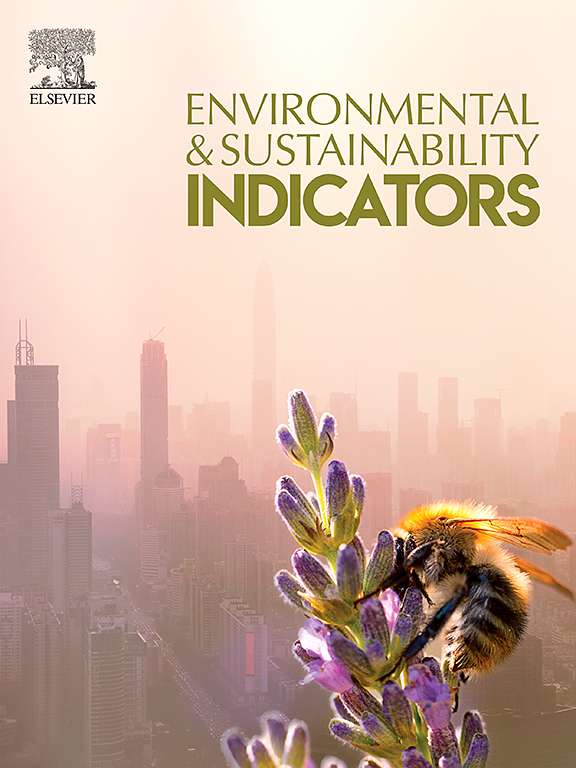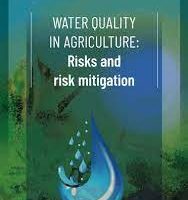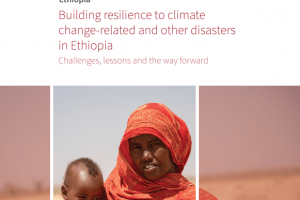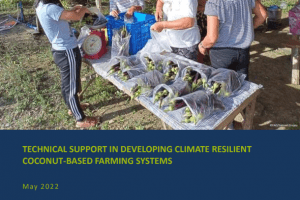Soil organic carbon (SOC), greenhouse gas (GHG) emissions and water footprint (WF) are the key indicators of environmental sustainability in agricultural systems. Increasing soil organic carbon (SOC) while reducing water footprint (WF) and GHG emissions are effective measures to achieve high crop productivity with minimum environmental impact (i.e. a multi-pronged approach of sustainable intensification (SI) and climate smart agriculture (CSA) to achieve food security). In conventional agricultural systems, intensive soil tillage and removal of crop residues can lead to increased negative environmental impact due to reduced SOC, GHG emission and high water consumption. Conservation agriculture (CA) based conservation tillage systems (CTS) with crop residue retention is often suggested as a sustainable alternative to increase crop productivity without compromising soil health and environmental sustainability. The environmental impact of CTS in terms of SOC, WF and GHG emissions nonetheless remains understudied In Bangladesh. A two-year field experiment was carried out to evaluate the impacts of CTS with retention of crop residue on SOC accumulation, GHG emission and water footprint (WF) in wheat farming of Bangladesh. In the experiment, CTS such as zero tillage (ZT) and minimum tillage (MT) were compared with the conventional tillage (CT) practice. Result observed that the SOC accumulation in the soil was 0.11 t h-1, 0.97 t h-1, and 1.3 t h-1 for CT, MT, and ZT, respectively. A life cycle GHG emission estimation by farm efficiency analysis tool (FEAT) calculated 1987, 1992 and 2028 kgCO2 eq ha-1 for ZT, MT and CT respectively. Among the studied tillage options, lowest WF was achieved by MT (570.05 m3t-1) followed by ZT (578.56 m3t-1) and CT (608.85 m3t-1). Since the results are in favor of CTS, this study recommends MT and ZT to reduce negative environmental externalities in wheat cultivation in Bangladesh. In comparison between the methods, the MT, which retains crop residue (20 cm), and involves principles of CA, is suitable for both CSA and SI of wheat in Bangladesh due to its ability to increase SOC accumulation, prevent both water loss, and GHG emission without compromising yield.
Conservation tillage (CT) for climate-smart sustainable intensification: Assessing the impact of CT on soil organic carbon accumulation, greenhouse gas emission and water footprint in wheat crop in Bangladesh





Add Comment